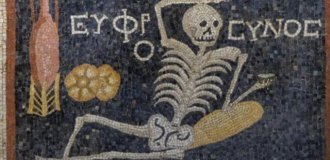“Dinosaurs are to blame for everything”: why people don’t live to be 200 years old (6 photos)
Microbiologist Joan Pedro de Magalhaes from the University of Birmingham conducted research into the aging process of mammals and reptiles. He suggested that the difference between the aging of these two classes of animals may be due to the dominance of dinosaurs millions of years ago. 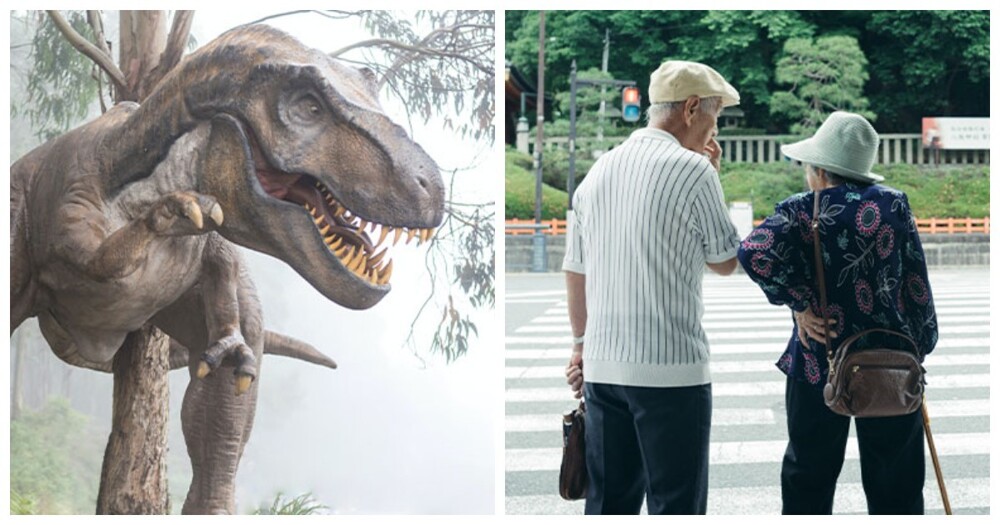
The scientist's article, published on November 28, states:
"Whereas mammals, including long-lived animals such as humans, exhibit a pronounced aging process, some species of reptiles and amphibians exhibit very slow aging and even no aging phenotypes." 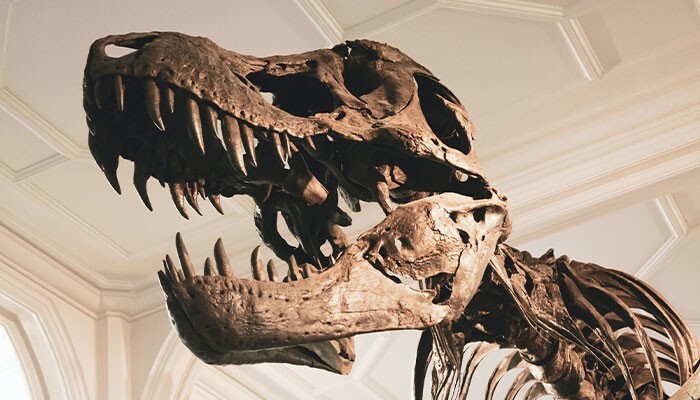
“Evolution during the reign of dinosaurs left a lasting legacy for mammals. For more than 100 million years, when dinosaurs were the dominant predators, mammals tended to be small, nocturnal, and short-lived animals.”
The scientist puts forward the following hypothesis: such long-term evolutionary pressure on early mammals to reproduce quickly led to the loss or inactivation of genes and pathways associated with long life. 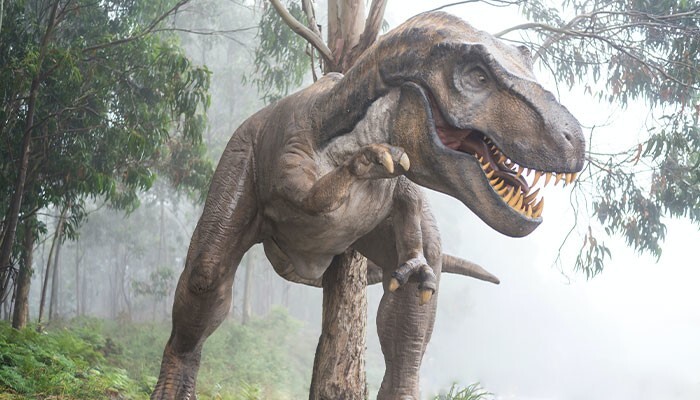
“I call this the ‘longevity bottleneck hypothesis,’ and it is further supported by the lack of regenerative traits in mammals,” he continues. “Although mammals such as humans can evolve to live longer, they do so under constraints dating back to the age of the dinosaurs.”
According to the scientist, some of the earliest mammals were forced to live at the bottom of the food chain and probably spent 100 million years during the age of dinosaurs surviving through rapid reproduction.
This long period of evolutionary pressure, according to Joao, has influenced the way we age as humans. As an example, the researcher cited the ability of some animals to recover and regenerate. 
“This genetic information would have been unnecessary for early mammals that were lucky enough not to become food for T. Rex,” says Juan. “Although we now have many mammals, including humans, whales and elephants, that grow large and live long, we and these mammals live with the genetic errors of the Mesozoic era and age surprisingly faster than many reptiles.” 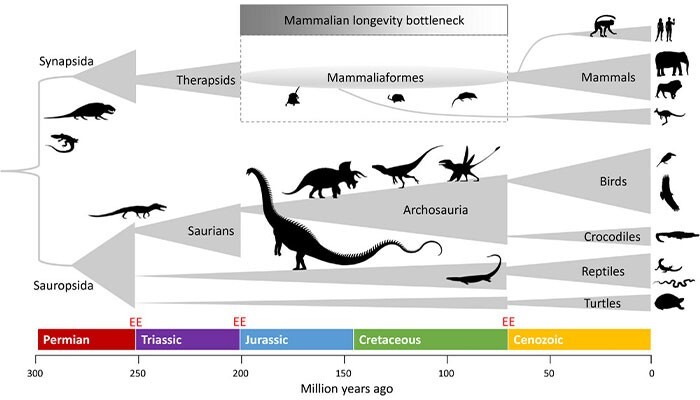
A famous example of a reptile that lives longer than most mammals is the turtle, which can live up to 150 years.
However, it is worth noting that some mammals live very long lives, such as bowhead whales, which are the longest-living mammals and weigh between 75 and 100 tons.
Arctic and subarctic whales "comfortably live for more than 100 years," according to Live Science, and can live for more than 200 years. 
As for people, life expectancy varies greatly between countries, but according to World Data, the global average age of death is 68.9 years for men and 73.9 years for women.
However, in some regions of the world the average life expectancy is much higher. According to Time, the “centenarian zones” include: Sardinia, Italy; Okinawa, Japan; Nicoya, Costa Rica; Loma Linda, California, USA; and finally Ikaria, Greece.







